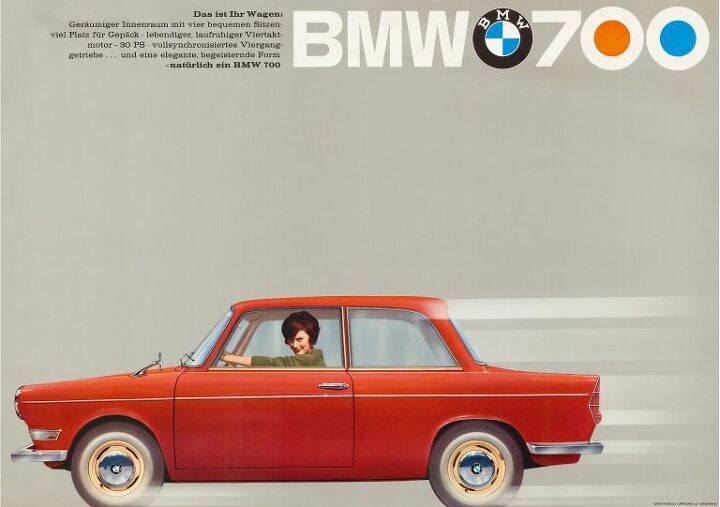#Flat-2
The BMW 700 and NSU Prinz: Germany's Alternative Air-cooled History
Following in the footsteps of last week’s Karmann Ghia article, it seemed natural to take a look at two other lesser-known German alternatives to Volkswagen’s Type 1 Beetle and the ‘Beetle-in-a-suit’ Karmann Ghia.
Like the Karmann Ghia, both were attempts to capitalize on a new and expanding market for automobiles in Germany during the postwar economic boom times. That meant that the models had to incorporate existing technology, yet also appeal to a crowd increasingly interested in performance and style. However, both had to be at least somewhat economical and practical as family cars.
The result was a series of interesting and mostly forgotten air-cooled, rear-engine, rear-drive sedans, coupes and convertibles from both BMW and NSU.
















Recent Comments